 Jason Chandler
.
February 07, 2022
.
Department
Jason Chandler
.
February 07, 2022
.
Department

Welcome back to our installation series on project Burnadebt, our 1959 Chevy Apache. Burnadebt was in pretty rough shape to start with, but nothing uncommon for anyone who has dug into one of these great American classic trucks. The last time we featured Burnadebt in our tech series, with the help of Jubee Mays of aMAYSing Metal Works, we repaired the front fenders back to factory spec using Auto Metal Direct’s lower rear fender patch panels.
The fenders were rusty, and usually where you find one issue, another issue arises. In Bernadebt, the lower cowl area is that trouble area. This is a common spot for rust in most classic trucks. With both sides of the lower cowl in need of attention, we get started with the passenger side lower cowl plenum removal and replacement, and move to the driver side from there. Some of the final weld up will be saved for future articles as we are going to show you how to replace the firewall, floor pan, doors and the back cab—all available from AMD. Let’s get to it!












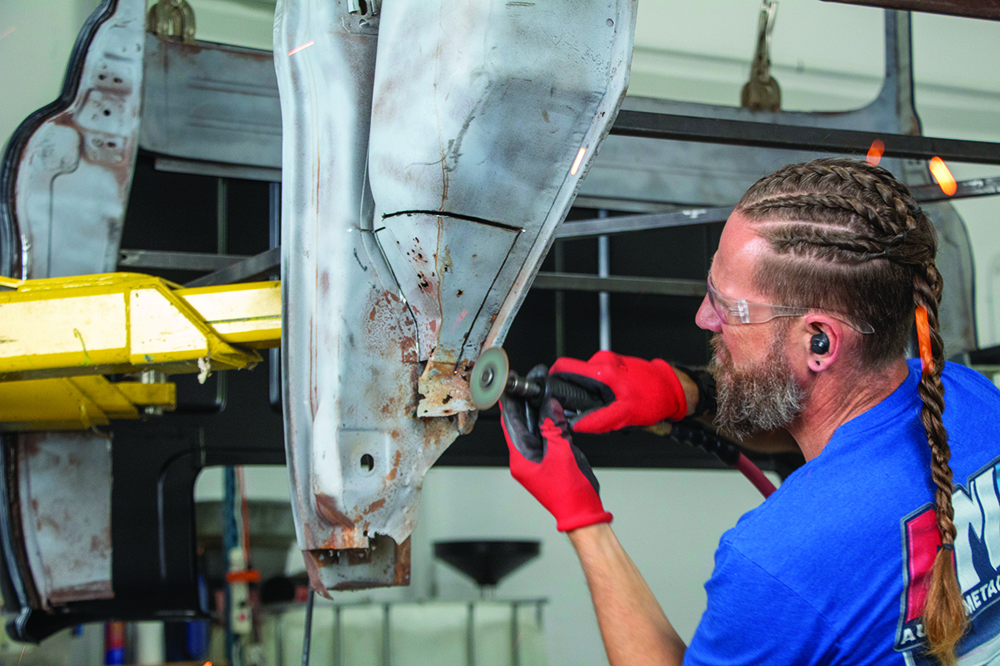

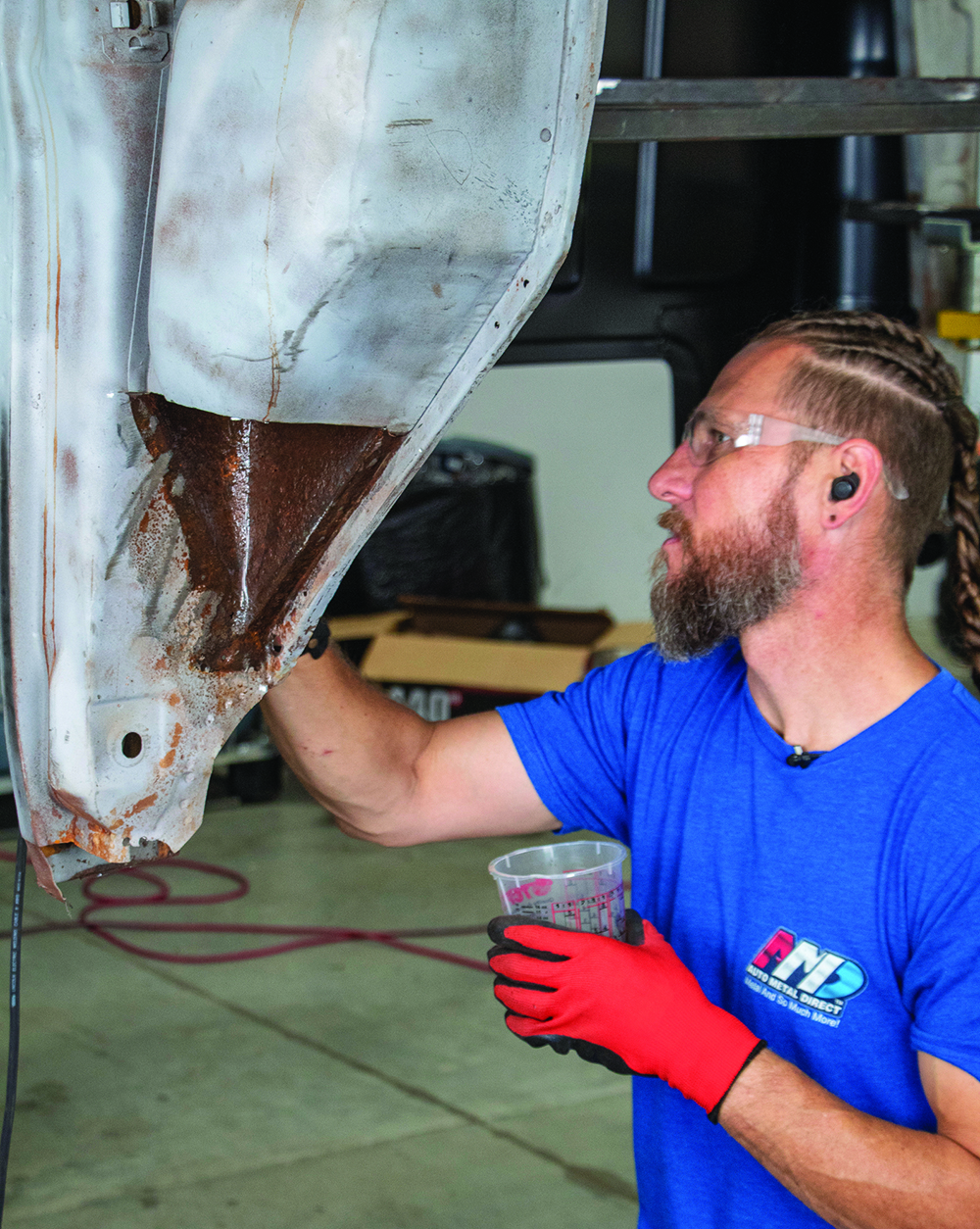

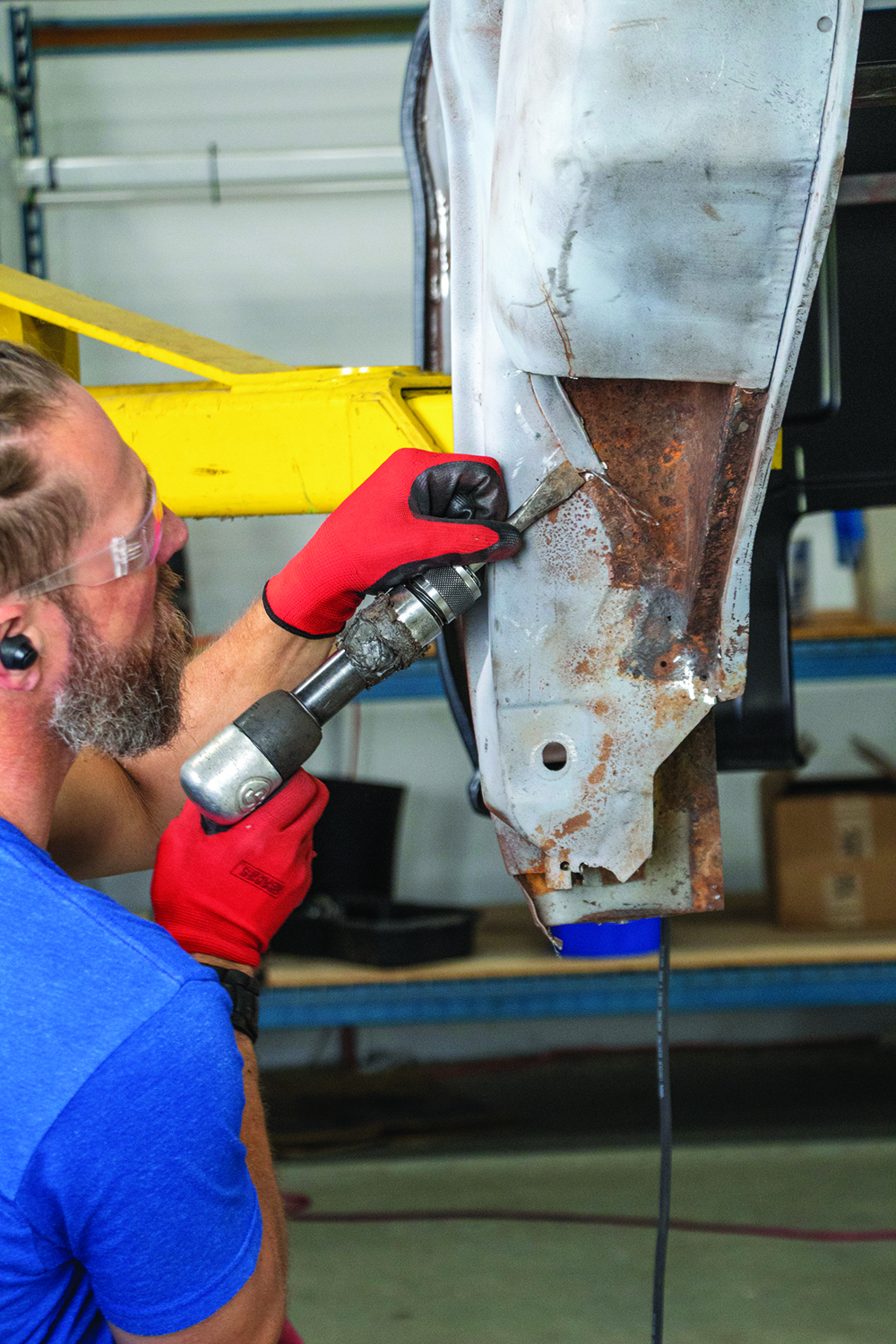


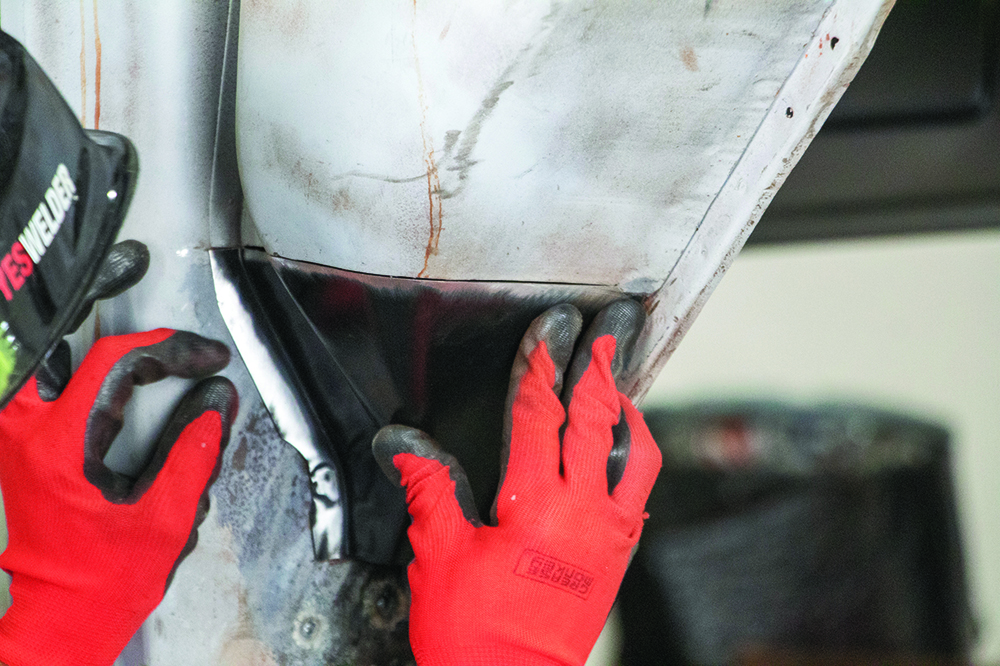
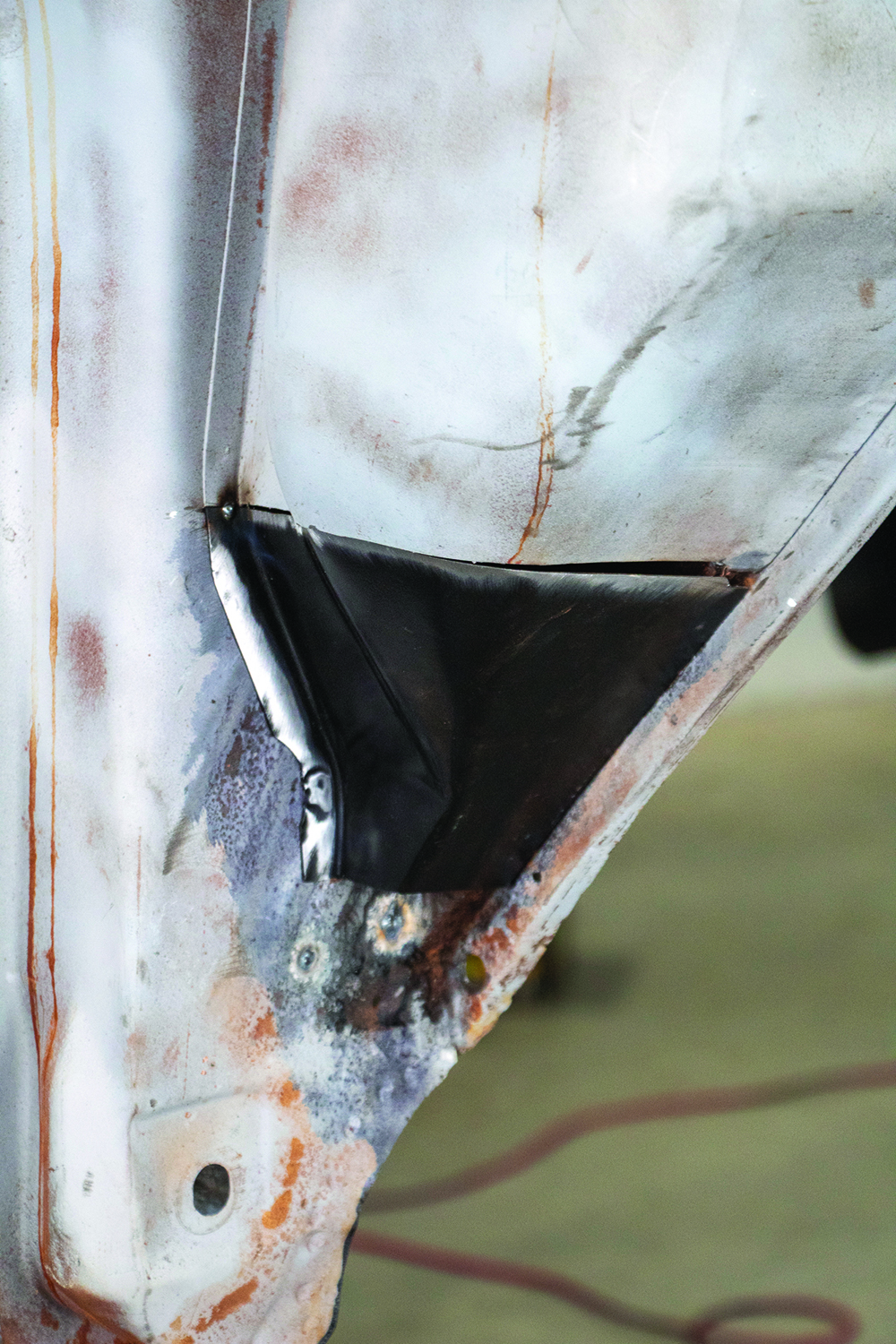





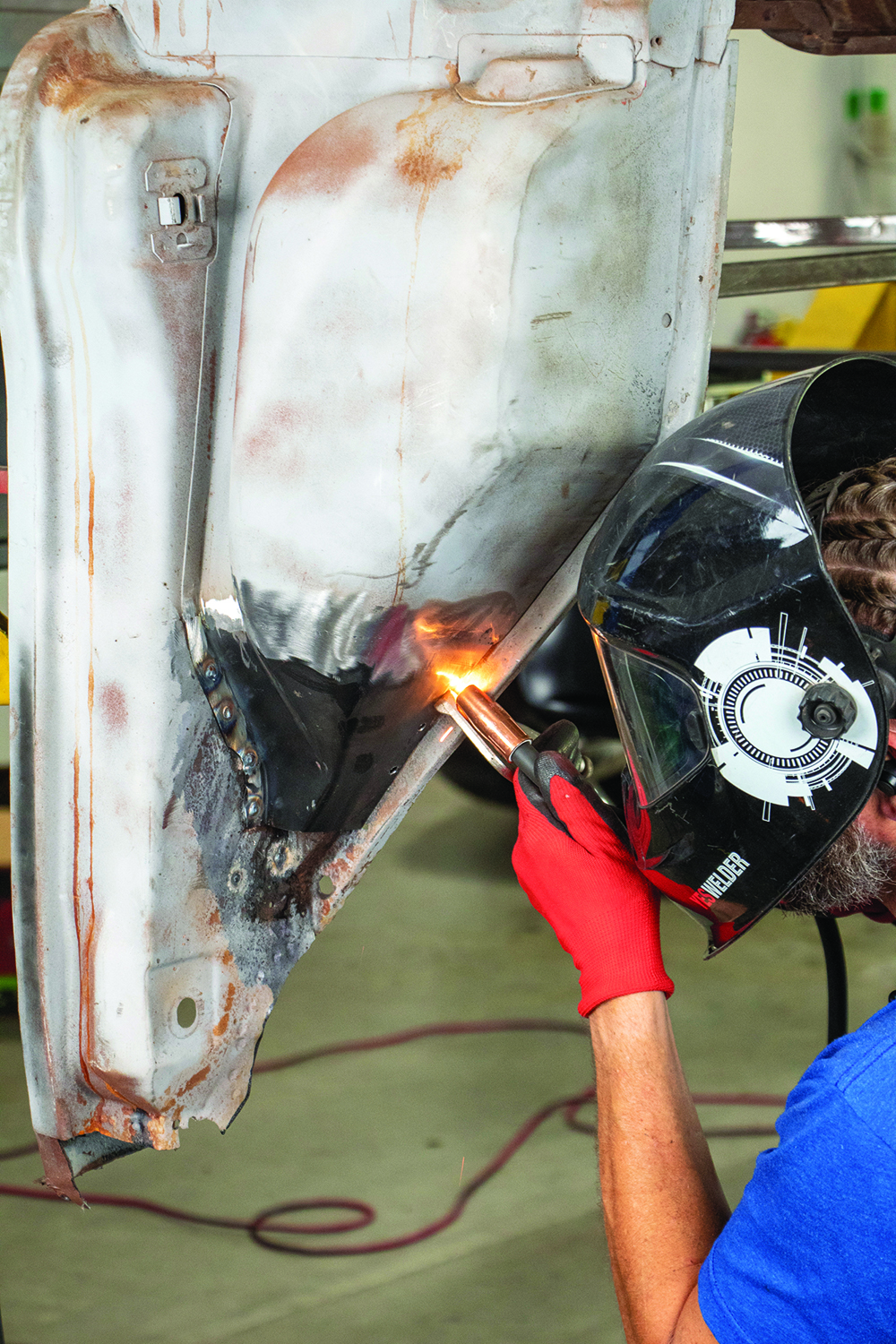
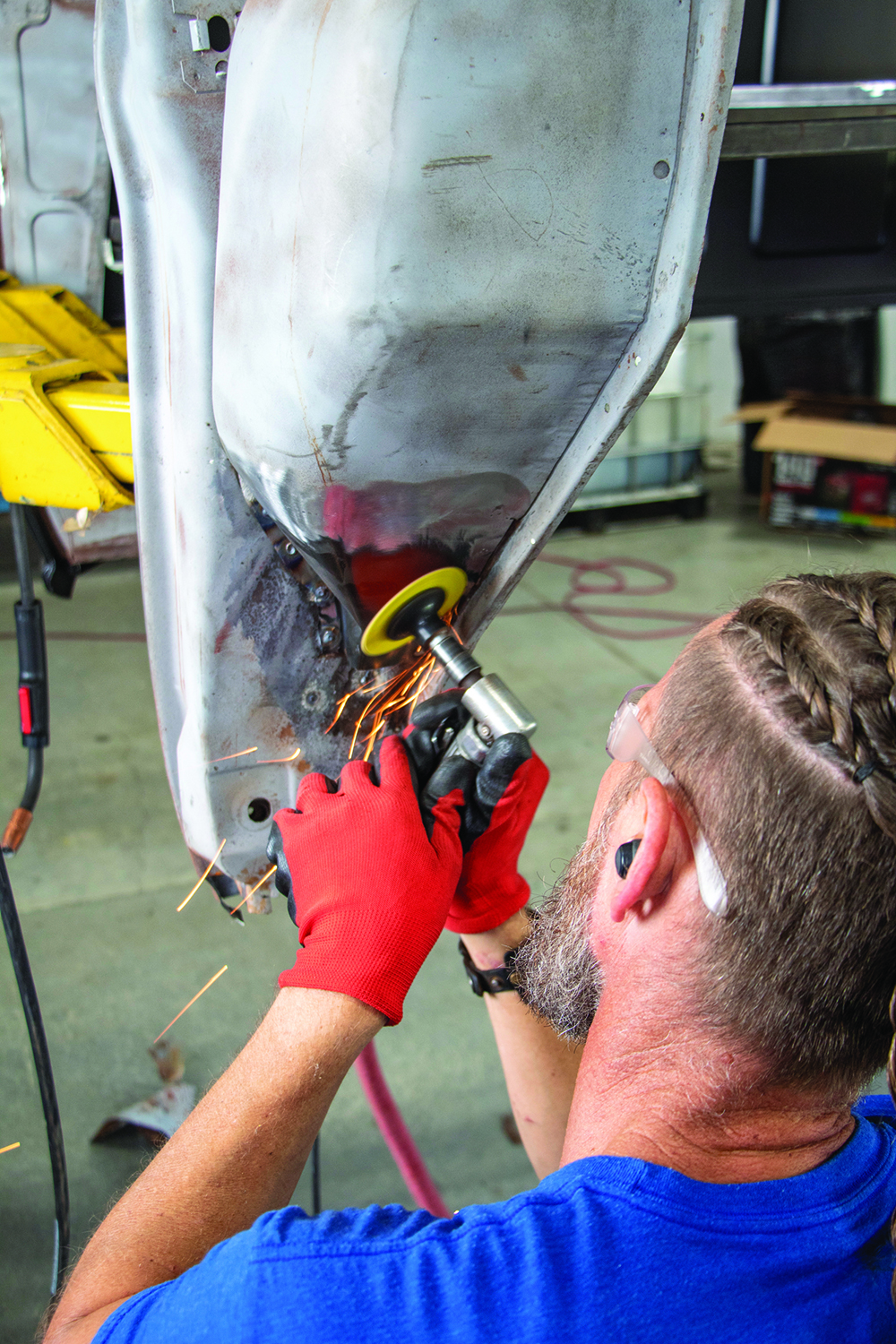




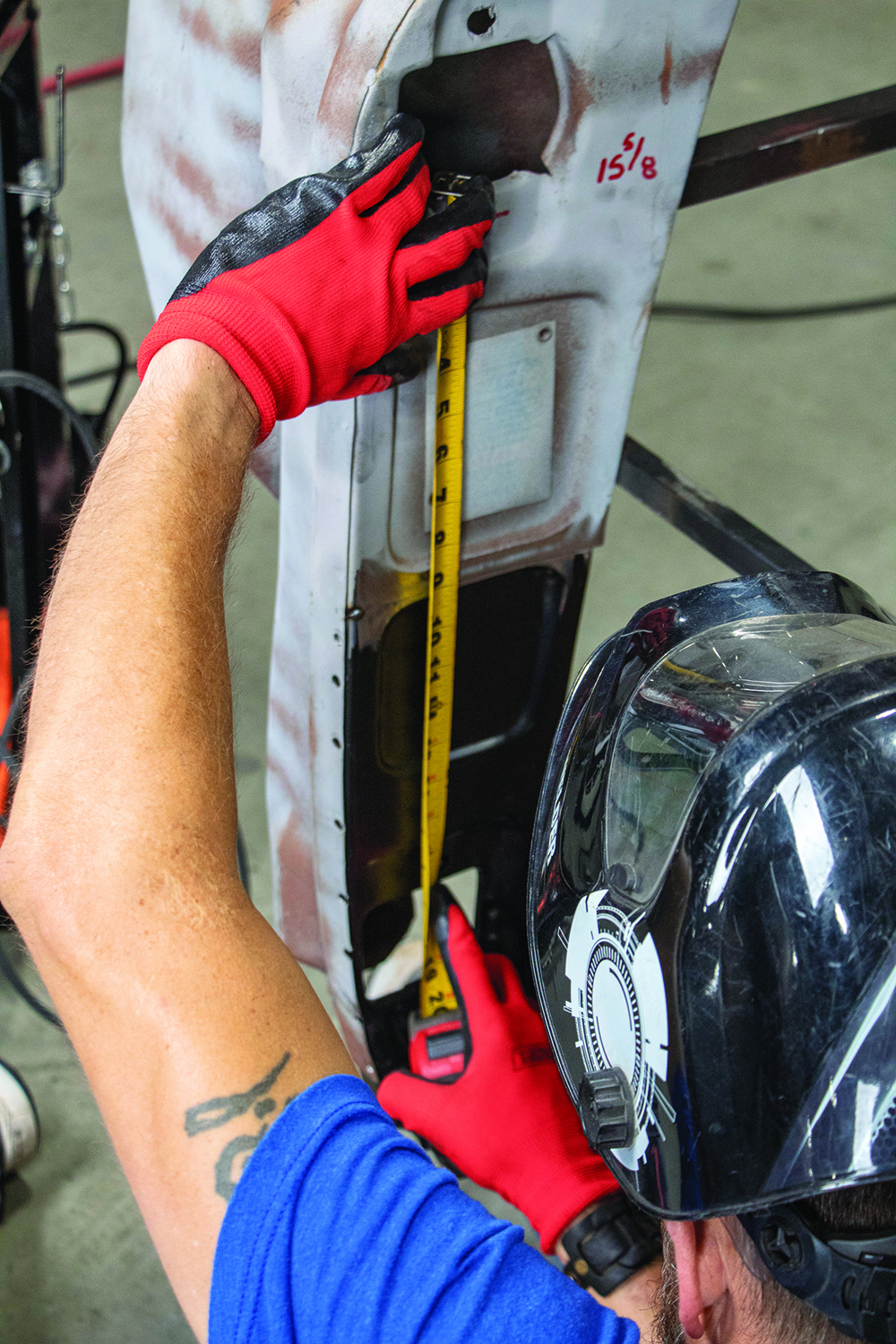












Share Link